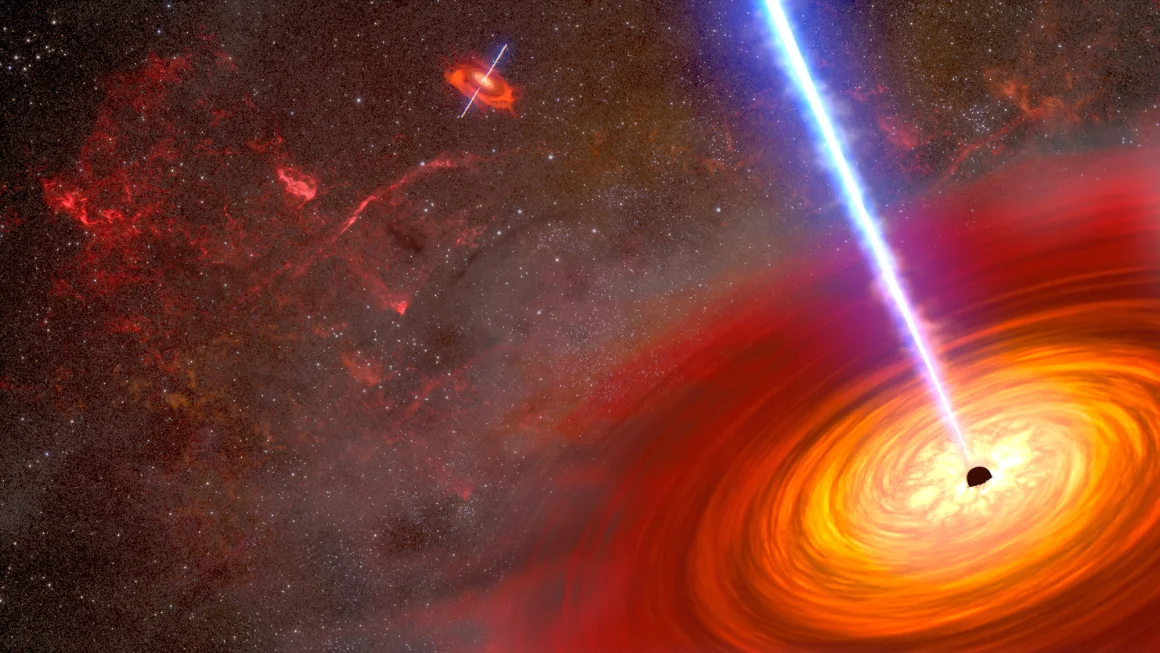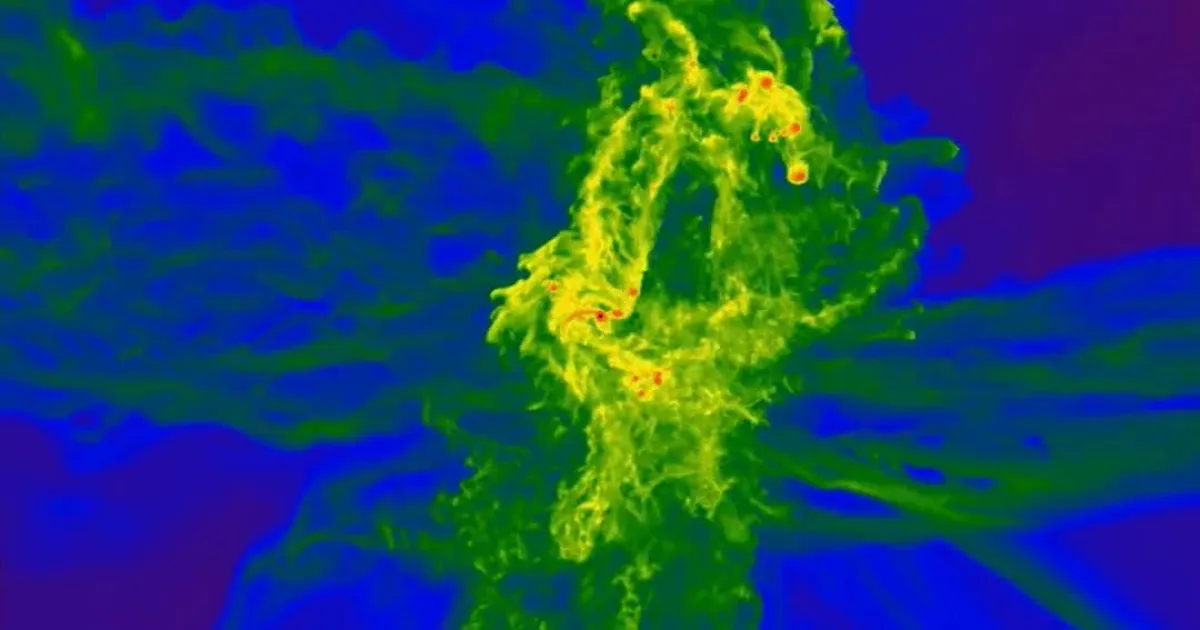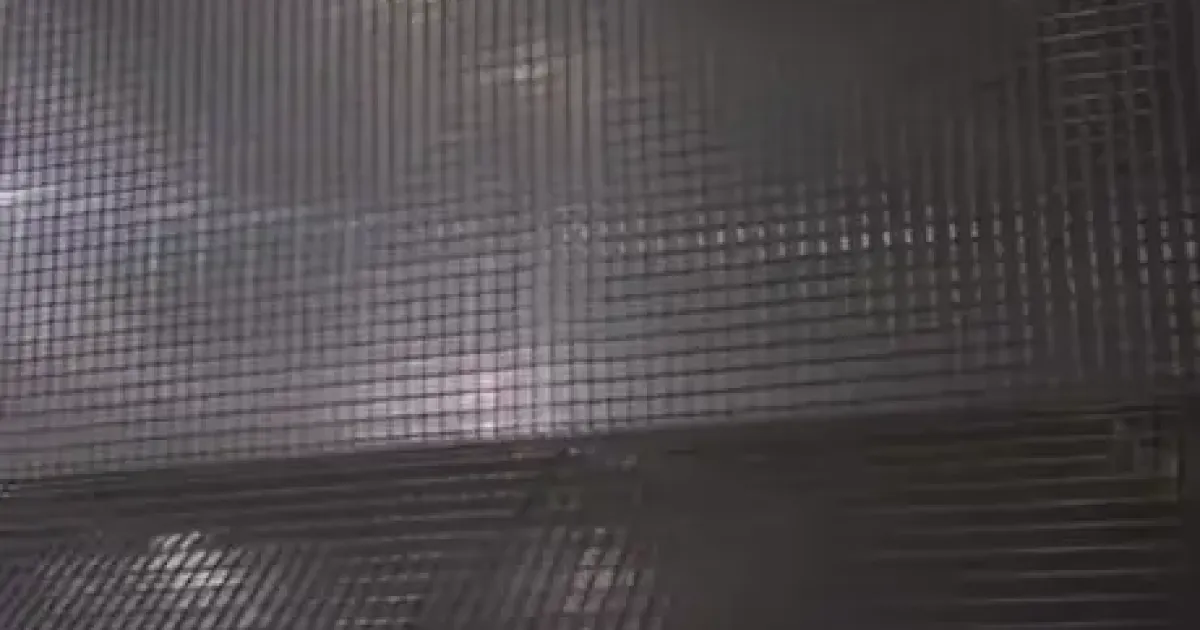
Skull and Bones’ Into the Dragon’s Wake kicks off a new season on August 22
Just when you finally got your pirate vessel fully insured, along comes a new ship and cannons to blow up your deductible. Yet look on the bright side of your sinking boat: You get a new Skull and Bones content update on August 22nd.
Into the Dragon’s Wake is about to arrive in Ubisoft’s naval combat sim next week: “Hailing from the Middle Kingdom, Li Tian Ning and Commander Zhang of the Dragon’s Claw make their prowess known to the Indian Ocean. Their arrival stirs tension between the Rempah and DMC in the East Indies, amidst a new seasonal story, world events and challenges.”
The update includes the Battle Junk juggernaut that can taunt other ships, an epic long gun named Divine Thunder, two new types of cannons, and special “immortal” armor for your vessel. Ubisoft is also introducing Imperial Jade as a trading resource, better controls, a new merchant convoy event, and a new third-person camera view.
Next up on Skull and Bones’ calendar after the patch is the Mooncake Regatta event, which is running from August 27th through September 17th.
#game #massive #preview
Read More...

Bright lights detected by NASA telescopes lead to a dancing pair of supermassive black holes
Two telescopes have spotted the closest pair of supermassive black holes to date. The duo, only about 300 light-years apart, were observed in different wavelengths of light using NASA’s Chandra X-ray Observatory and the Hubble Space Telescope.
While black holes are invisible against the dark void of space, these two blaze brightly as the gas and dust they feed on is accelerated and heated to high temperatures. Both celestial objects, which circle around one another, are known as active galactic nuclei.
Active galactic nuclei are supermassive black holes that release bright jets of material and high winds that can shape the very galaxies where they are found.
The black hole duo is the closest pair found through visible and X-ray light. While other black hole pairs have been observed before, they are usually much farther apart. Astronomers discovered these black holes dancing around one another at the center of a pair of colliding galaxies called MCG-03-34-64, which is 800 million light-years away.
Astronomers serendipitously found the black holes when Hubble’s observations revealed three spikes of bright light within the glowing gas of a galaxy. They published their discovery Monday in The Astrophysical Journal.
“We were not expecting to see something like this,” said lead study author Anna Trindade Falcão, a postdoctoral researcher at the Center for Astrophysics | Harvard & Smithsonian in Cambridge, Massachusetts, in a statement. “This view is not a common occurrence in the nearby universe, and told us there’s something else going on inside the galaxy.”
Zooming in on bright cosmic lights
The team was intrigued when Hubble picked up on three optical diffraction spikes in a concentrated region of the MCG-03-34-64 galaxy. Diffraction spikes appear when light from a small cosmic region bends around the mirror inside telescopes.
Hubble’s observations were made in optical light, which is visible to the human eye, but the astronomers weren’t sure what they were seeing. Falcão’s team took another look at the galactic region with Chandra in X-ray light.
When the scientists observed the galaxy using Chandra, they were able to pinpoint two powerful sources of X-ray light that matched the optical light sources spotted by Hubble, Falcão said. “We put these pieces together and concluded that we were likely looking at two closely spaced supermassive black holes.”
The team also consulted archival observation radio wave data collected by the Karl G. Jansky Very Large Array of radio telescopes near Socorro, New Mexico. The black hole duo was also found to release energetic radio waves.
“When you see bright light in optical, X-rays, and radio wavelengths, a lot of things can be ruled out, leaving the conclusion these can only be explained as close black holes. When you put all the pieces together it gives you the picture of the (active galactic nuclei) duo,” Falcão said.
Meanwhile, the third diffraction spike observed by Hubble has an unknown origin, and the team requires more data to understand what it could be. The source of light might be from gas that was shocked by an energetic release of material from one of the black holes.
“We wouldn’t be able to see all of these intricacies without Hubble’s amazing resolution,” Falcão said.
Astronomers have observed pairs of black holes that are closer together than these two through radio telescopes, but those duos haven’t been observed in other wavelengths of light.
Both supermassive black holes once served as the centers of their respective galaxies, but a galactic merger brought the two objects much closer together. Eventually, their close spiral will result in a merger in about 100 million years, according to NASA, causing an energetic release of gravitational waves, or ripples in the fabric of space and time.
Such gravitational waves created by the collisions of supermassive black holes could be detected in the future by LISA, the European Space Agency-led Laser Interferometer Space Antenna mission that’s expected to launch in the mid-2030s.
#universe #news
Read More...

The Ever Ace is so massive, it looks like a city moving across the ocean
The Ever Ace by Evergreen Marine can carry over 25,000 containers, which makes it one of the largest container ships ever built. It’s so massive that it’s often compared to a floating city, stretching over 1,300 feet long, almost the height of the Empire State Building when laid on its side. #Interesting Read More...

Samoan kids are massive when compared to other kids their age
#Woah #Samoan #Kid
Credits: manatoapasifika
Read More...

First direct evidence of “Monster Stars” 1000-10,000x more massive than the Sun
Astronomers have long wondered how supermassive black holes formed so quickly after the Big Bang, given that normal stars can't generate black holes of that size fast enough. Using NASA's James Webb Space Telescope, a team of researchers discovered the first clear evidence that "monster stars" weighing between 1,000 and 10,000 times the mass of our Sun existed in the early universe.
These stars burned brightly for only a short time before collapsing into massive black holes. By analyzing the chemical makeup of a galaxy called GS 3073, they found an unusual nitrogen-to-oxygen ratio that can't be explained by normal stars. This nitrogen excess matches the type of star predicted to exist in the early universe — supermassive stars that produced a lot of nitrogen through a process involving helium and carbon.
When these stars died, they didn't explode; instead, they collapsed directly into black holes, possibly seeding the supermassive black holes we see today. This discovery gives astronomers a new way to study the universe’s first stars and provides important clues about how the first black holes and elements formed in the "cosmic Dark Ages." The researchers hope the James Webb Telescope will find more evidence of these giant stars in the future.
The above simulated video shows the birth of a primordial quasar that was made possible by one of these giant stars.
Read More...

Typer.me App Now Available on the Play Store!
Typer.me is now on the Play Store! Download the app today and start connecting with others in a whole new way. Whether you’re sharing ideas, organizing content, or exploring trending topics, Typer.me gives you the tools to stay engaged. Install now and join our growing community! Read More...












